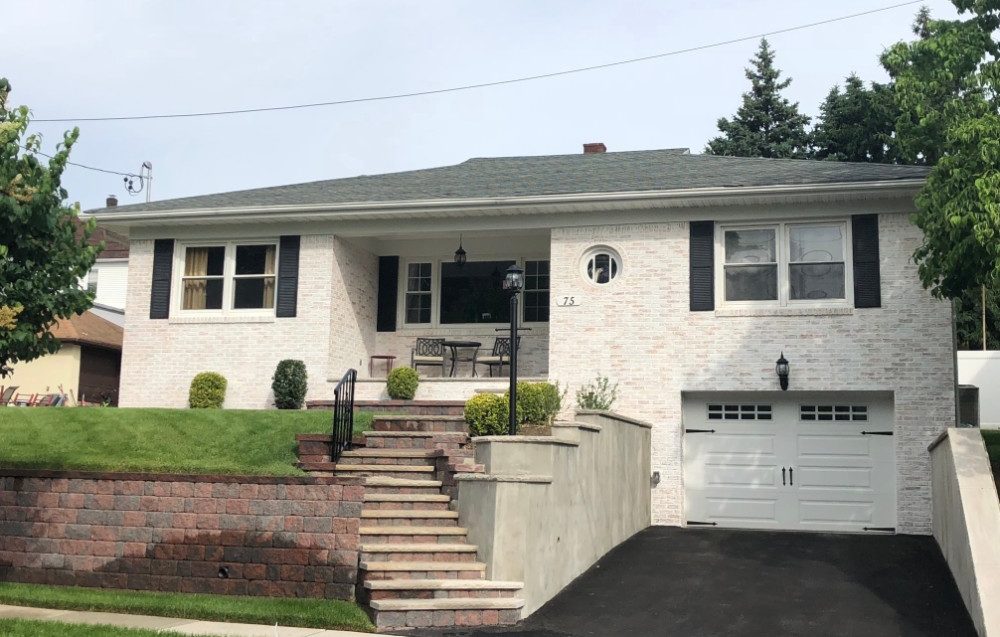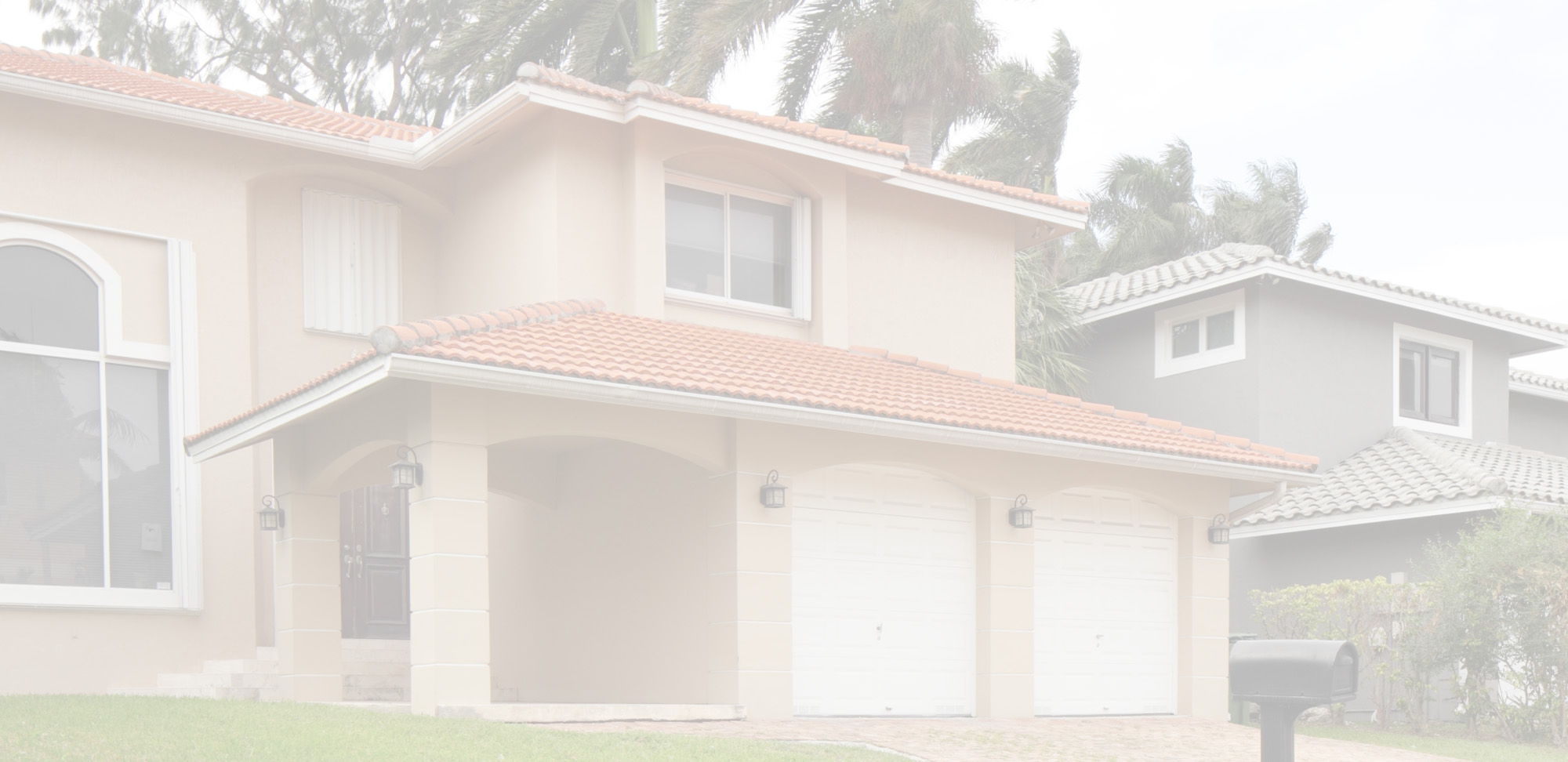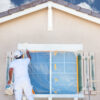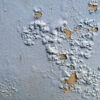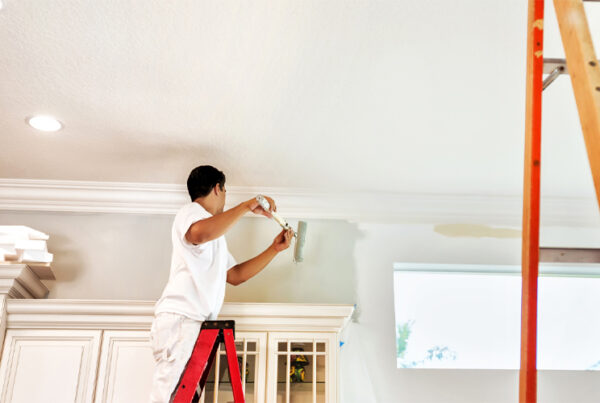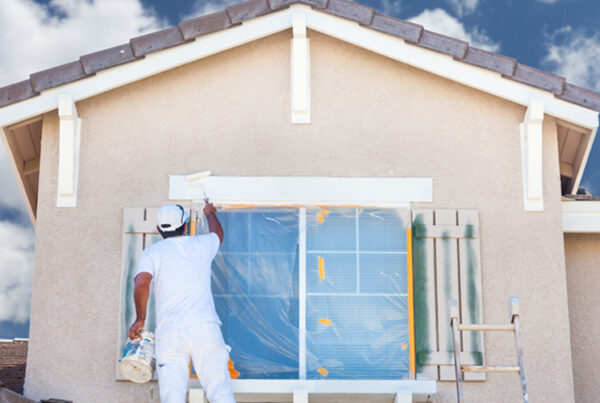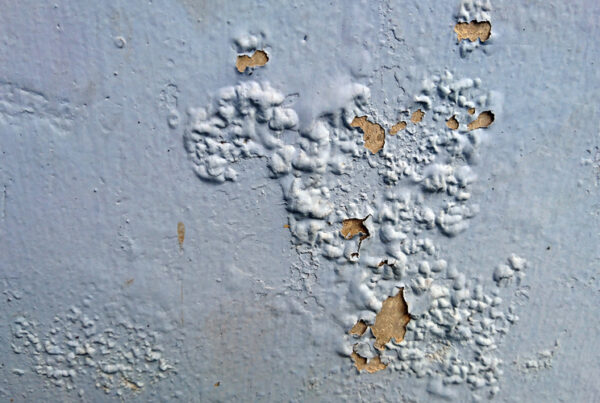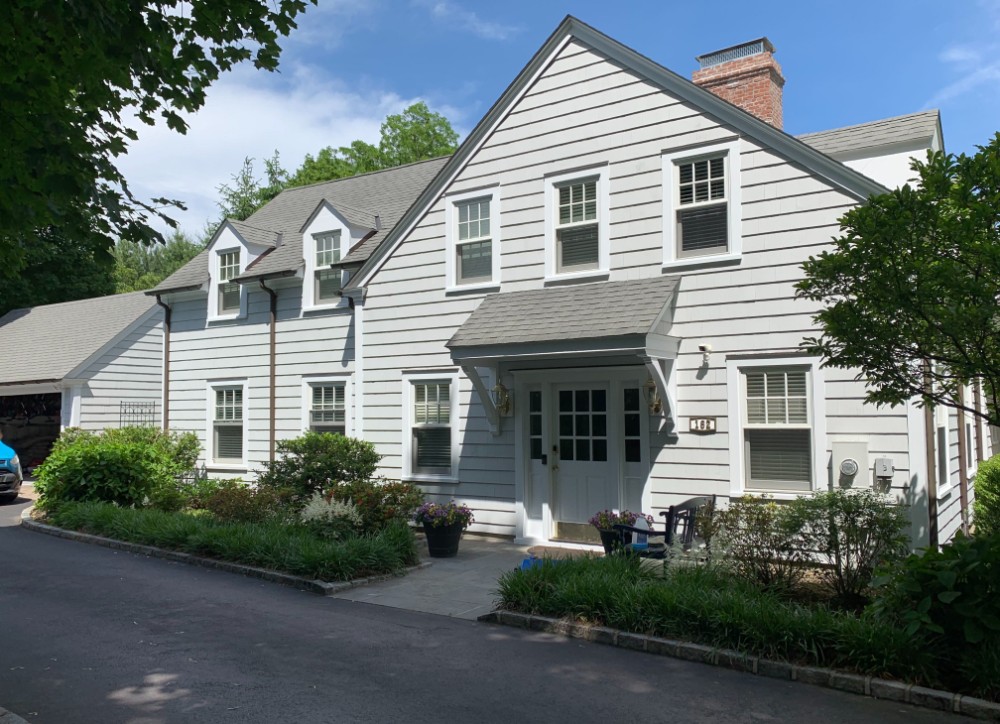
If you’re wondering when the best time to paint your house exterior is, many painting professionals will tell you that early summer to early fall is the way to go. That’s because the way paint dries is directly related to temperature and conditions at the time of application, so there are many factors to take note of when planning your next home exterior painting project.
The Best Season To Paint Your House Exterior
Most experts will agree the best time of year to paint your home’s exterior is typically summer, although it’s important to remember that summer can mean different things depending on where you’re from. A better way to gauge the best time to paint is to know the right temperature and conditions for your paint to cure properly. Ideally, you want to choose a day where the weather is consistently warm and dry. Also, it’s a good idea to check the weather in your area a few days before and after your paint day. If your new paint job hasn’t had enough time to properly cure and it rains, you could have some big issues. It’s recommended you consult with a painting professional about the best time to paint your home’s exterior.
Painting In Autumn
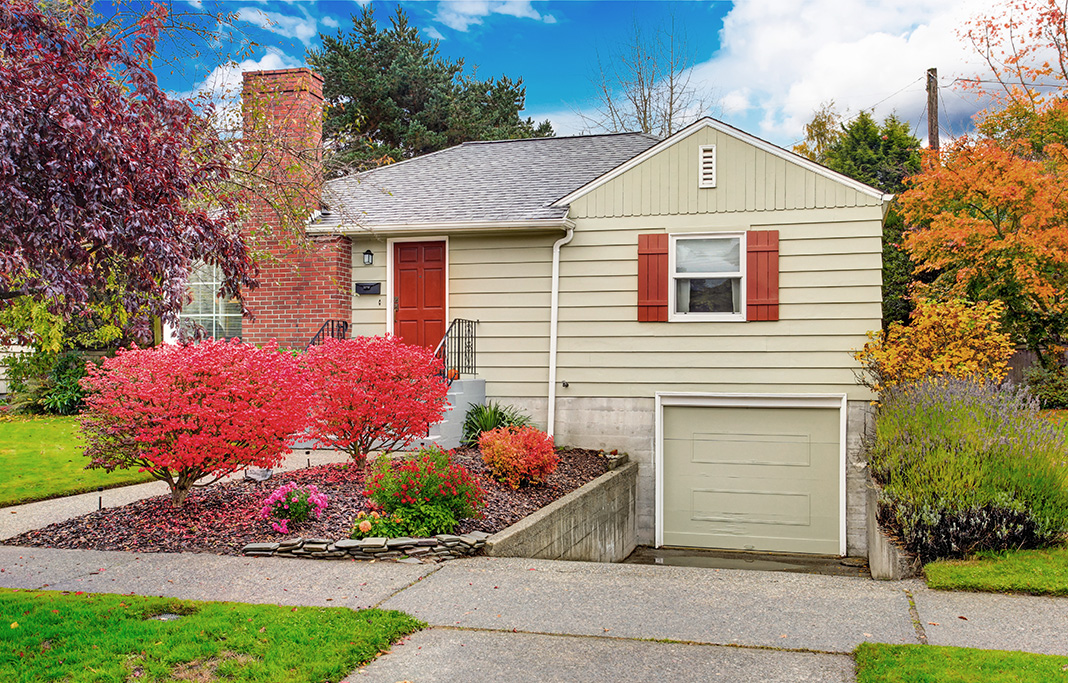
Fall is a favorite season among many folks, especially because of the cooler temperatures, but is it a good time to paint your house exterior? One important thing to take into consideration are temperature fluctuations. Paint has a difficult time drying properly when temperatures change drastically. In some places, temperatures can be scorching during the day, and then drop down enough to where you can see your own breath. That’s why a good time to paint your house exterior is early fall when day and night temperatures are more consistent.
Painting In Winter
Winter can mean different things if you’re from Boston as opposed to Venice, and when it comes to painting your home’s exterior, taking into consideration the prevailing seasonal weather conditions of your area can save you a lot of hassle and headaches. That’s because many painting manufacturers recommend a minimum outside temperature for painting, which can be difficult to take advantage of in some parts of the country. The general understanding was that you shouldn’t paint outside if the temperature was below 50 degrees Fahrenheit, however modern painting formulas allow you to go as low as 35 degrees. That being said, it’s still recommended that you don’t paint after November if you’re in a northern state, as opposed to southern states where you can paint well through December.
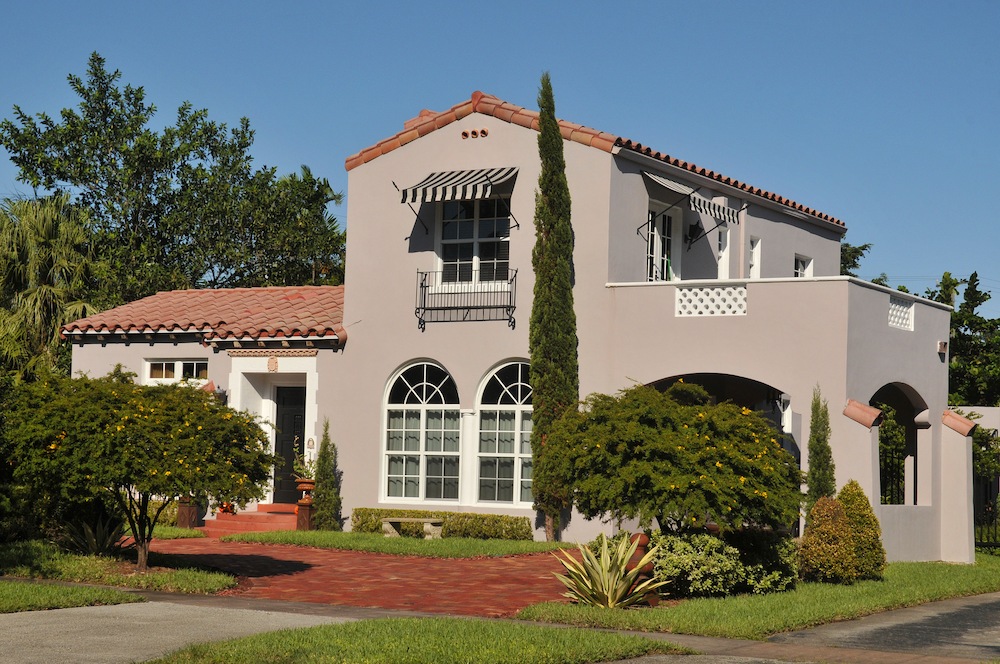
When To Avoid Painting Outside
Oh, No! It’s Wet Outside!
Moisture is the enemy of drying paint, so it’s best to avoid wet or humid working conditions. Before starting an outdoor painting project make sure all your surfaces have been cleaned thoroughly and dried adequately, and remember to check the weather for the next few days to determine if conditions will allow for your paint to cure properly.
Watch Out For Wind
It’s also a good idea to check out weather forecasts for wind. Windy conditions can blow debris into your paint which could lead to uneven drying, or worse, the debris could dry permanently into your new paint job for everyone to see. Not to mention it could create dangerous work conditions if you have to be on a ladder high off the ground. It’s recommended seeking professional painters who will know when conditions are right for painting outdoors and have all the proper safety equipment, as well as being licensed and insured.
Remember To Stay Within The Acceptable Temperature Range
Temperature plays such a huge role in the way paint dries and cures. You should definitely keep within the recommended temperature ranges to ensure a successful and satisfactory finish. Paint when the outside temperature is too hot and your paint will dry too fast. With a surface that’s too hot, your paint will never get the chance to adhere properly, possibly leaving you with a cracked, peeled, or even blistered exterior.
On the flipside, paint when the outside temperature is too cold (below 35 degrees Fahrenheit) and the water in your water-based paint could freeze or moisture could form on your painted surface, preventing it from curing properly.
Try to keep a lookout for these ideal painting conditions when planning out your next outdoor painting project:
- Temperatures between 50 degrees and 85 degrees Fahrenheit
- Mild humidity between 40 and 70%
- A stretch of time 24 hours before and after the paint application that will avoid precipitation
- Don’t Try To Paint Outside The Seasons
- If you live in a southern climate, it’s safe to say that you can extend your outdoor painting well into December, but if you live in a northern climate, it’s best to call it quits around November because it’ll usually be too cold
- Quality Paint Is Everything
Be sure not to skimp on the quality of paint you decide to use for painting your home’s exterior because it could mean the difference between lasting a few days to a few decades. Remember that your paint will have to be able to withstand the weather conditions of your area’s climate and last for years. It’s recommended you consult a professional when choosing what paint to use for your next exterior painting project.
